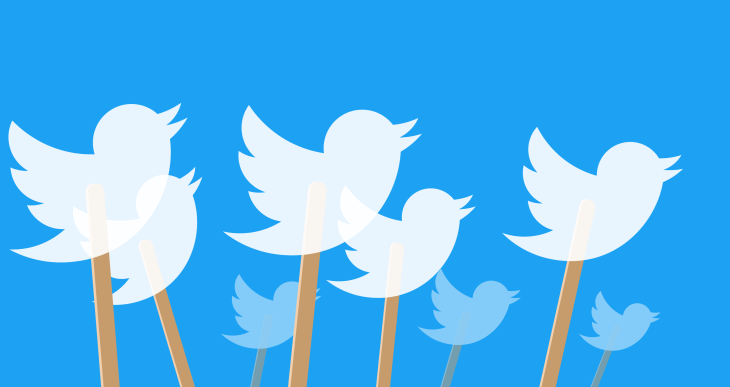In RHMS 270 this week we discussed the idea of identity and audience online. We were given an assignment which was to find someone we know offline and compare their online identity to their offline identity. In completing this assignment I was very surprised to see that some people I know are the same online and offline and some are two completely different people. I assumed that my friends were different online than they are in person because of the audience they have online, and the concern of controling how other people view them, which is harder to do in offline relationships.
For example, Friend A has an Instagram account with 700 followers, most of which are family and friends. Friend A’s post were drastically different than friend B, who has 2,000 followers and uses his Instagram to promote himself as an artist. Both regularly post content, but the content they post is different. Friend A will post nice, loving pictures that he wouldn’t mind his mother or grandma seeing, where as friend B post videos of him and his music that only shows his musical abilities and not much about his life, and not much content that is appropriate for everyone to see.

Seeing these two differences in my friends made me resonate with Baym’s ideas from chapter five, about the disembodied selves and disembodied audience. The disembodied self is the idea that online we have far more control over how we portray ourselves, what we share, and how we can change our identity through online platforms( a.k.a the Windows Metaphor). The idea of a disembodied audience is fairly similar to the disembodied self. The disembodied audience is the theory that online we have a general idea of who are audience is, and have less control over who can access personal content. Also, with the disembodied audience we are able to build a public brand and represent ourselves to an audience a certain way.
In my everyday use of social media, I can clearly see the disembodied self and audience. How I use my social media platforms defiantly varies upon who is viewing it, and how I want people to think of me. An example that explains what I mean is Twitter. I might have a funny joke I want to share with people that are close to me, but if I post this tweet to the world, I have no real control of how some people will interpret it and no control over who can access this tweet. Because of these unknowns, I feel as if I am a different person online than I am in person. It’s not so much a different persona, or identity, but it is defiantly a more filtered and thoughtful version of my true self. I believe this to be true because going back to the Twitter example, if I was in a room with my friends I would not hesitate to say the joke aloud, but on twitter I would be more careful with the words I use, I would think about who might see it and how they might react.

In the end, I have always believed that who people online are never their true selves. I see famous people on Instagram all day long, who portray to the world and their fans that they are perfect, and everything in their life is perfect. When in reality they are just normal, and experience the same everyday things that non-famous people experience. I do also believe that there are exceptions to this, and some people are the same online as they are in person. They don’t try to use social media and the internet as a way to create a new persona, they use it as a way to express themselves to the world and show people the insides of their daily lives.

I can really relate to this. I hadn’t looked on Instagram in a while and it was so interesting to me to see the friends of mine who have wildly different online personas. Great post!
LikeLike
Dang…Got me thinking about my different friends and their accounts. Some post things I would never dream of posting (while following my family at least).
LikeLike
It is crazy to see the different personas that people have online! Great post and keep it up.
LikeLike